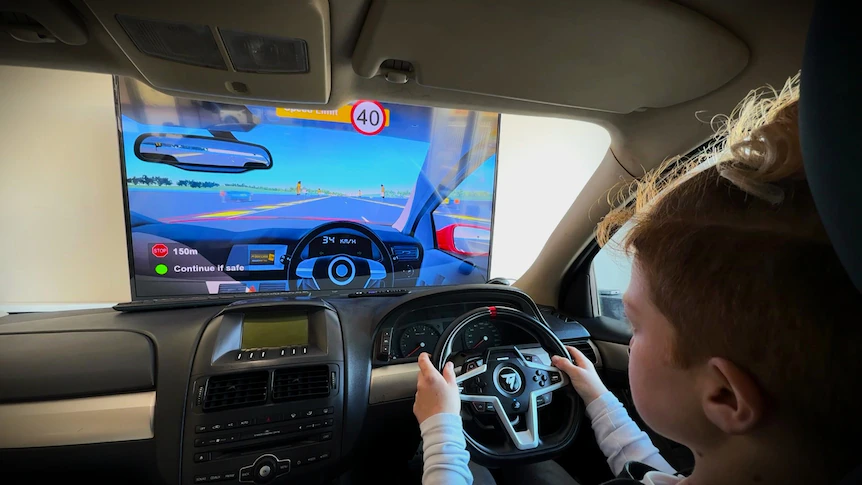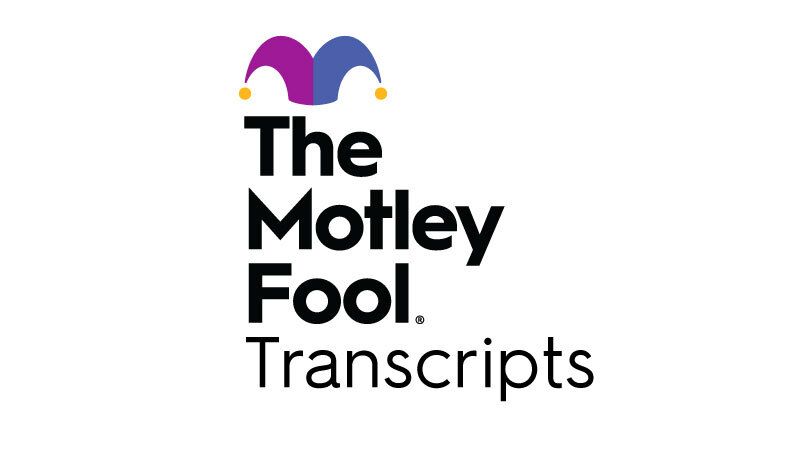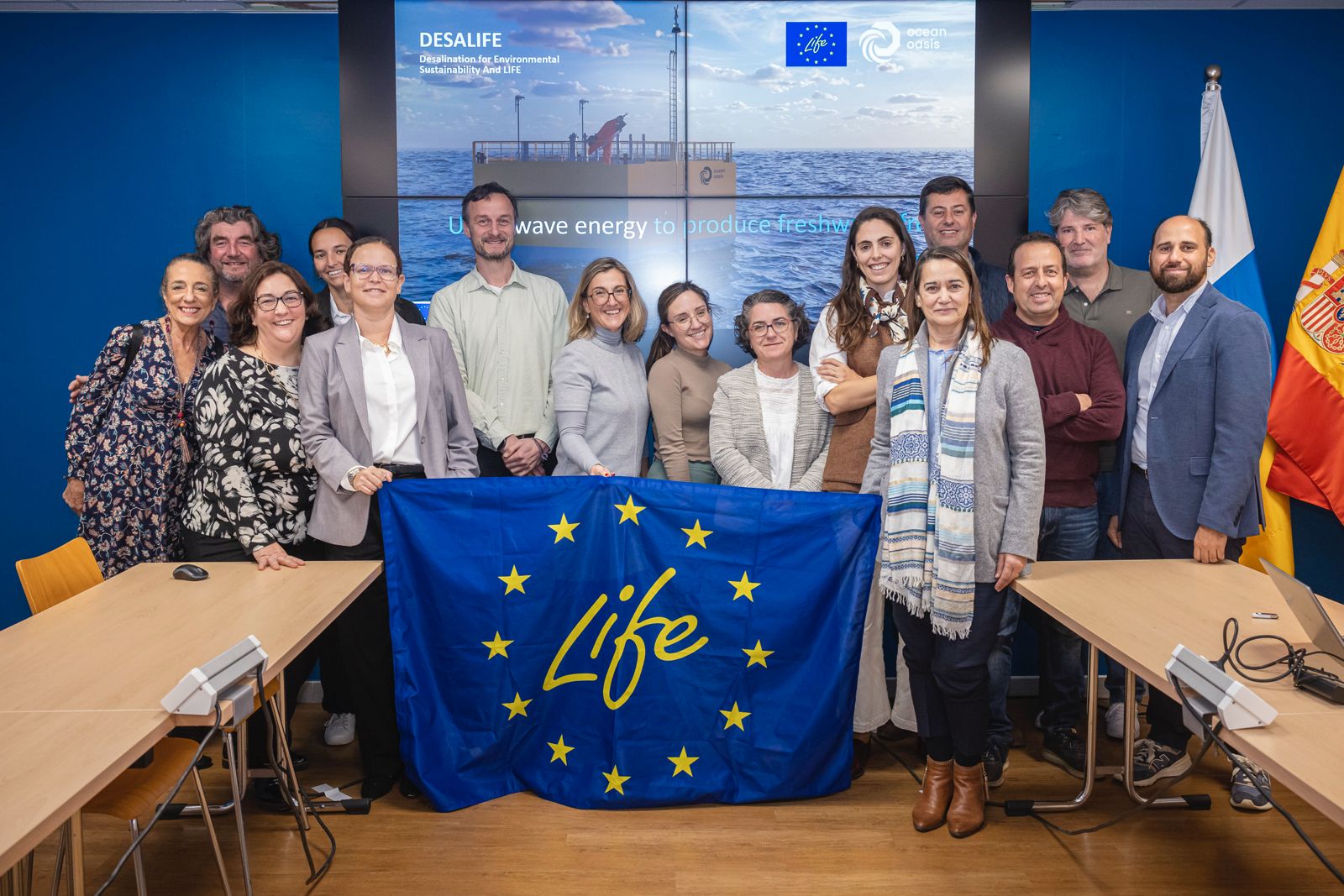Copyright abc

Kaitie Francis was always told they would never be able to drive a car, but their dream of hitting the road is now much closer to becoming a reality. The 20-year-old is just one of 20 people who have been gaining confidence behind the wheel thanks to a driving simulator which has been made available by a regional disability support service provider. Kaitie was born with mucopolysaccharidosis type 1 hurler syndrome (MPS type 1) and was deemed legally blind from a young age. "My whole body is affected by the condition, and I am short-statured [too], so I always knew driving a car would be hard because I am so short," they said. But following a cornea transplant in 2022, Kaitie sat and passed the written exam to get their licence. They said while it was a positive first step, the thought of physically getting behind the wheel caused a lot of anxiety. "I had never sat in the [drivers seat] of a car before, and it wasn't a great outcome at first. It actually put me off driving for a while," Kaitie said. 20 clients 'now have their Ls' Dylan Blackley is the director of Support & Connect, which is a disability support service located in South Australia's Riverland region. He said Kaitie's lack of confidence to drive wasn't uncommon. "A lot of my clients told me driving was a daunting experience … and so I just really wanted to close that gap for them," he said. "Living in a regional area we are always starved of those resources at the best of times. If [regional] clients don't have access to these services, that doesn't seem fair to me." His search to help led him to the existing simulator technology, MyDriveSchool. But he decided to take the course to the next level. "I'm not one to do something half-hearted … so I decided to go out and get a car to make it an immersive experience," he said. "I found a Ford Falcon ute that could come straight off the chassis, which made it easy to transform into a purpose-built simulator. Accessibility in the regions Kaitie was one of the first participants to take the wheel and said having the simulator in a nearby town made learning to drive much easier. "When I heard the simulator was in Berri, I thought, 'Yes! I don't have to take a whole day out of my week to go to Adelaide to access something like this for maybe an hour,'" they said. "The course has taken me from not knowing anything to knowing what to do in emergency scenarios, that could actually happen in real life. Simulator's impact proven The chief executive of MyDriveSchool, Lisa Skaife, had the idea of developing simulation technology in Australia following her concerns about the rate of road trauma among Australian teenagers. She said the results for students who participated in the program showed its impact. "We had independent driving instructors rate competency among students, not knowing who had done the course prior," she said. She said the cost and loss of young people's lives was too great and the technology should be made accessible to all teenagers, no matter their ability. "Road trauma costs approximately $30 billion a year, that's $82 million a day. "We can roll out simulation training in every government school across the country for less than the cost of 0.001 per cent of road trauma." Time to hit the road Back in South Australia's Riverland, Kaitie is now gearing up to get their P-plates, an achievement they once didn't think was possible. "The three years it's taken me to get to where I am is mind-blowing with how much I have achieved," they said. "Knowing in three months I'll be driving alone kind of scares me, but it feels good knowing I'll be able to do things without relying on others."



